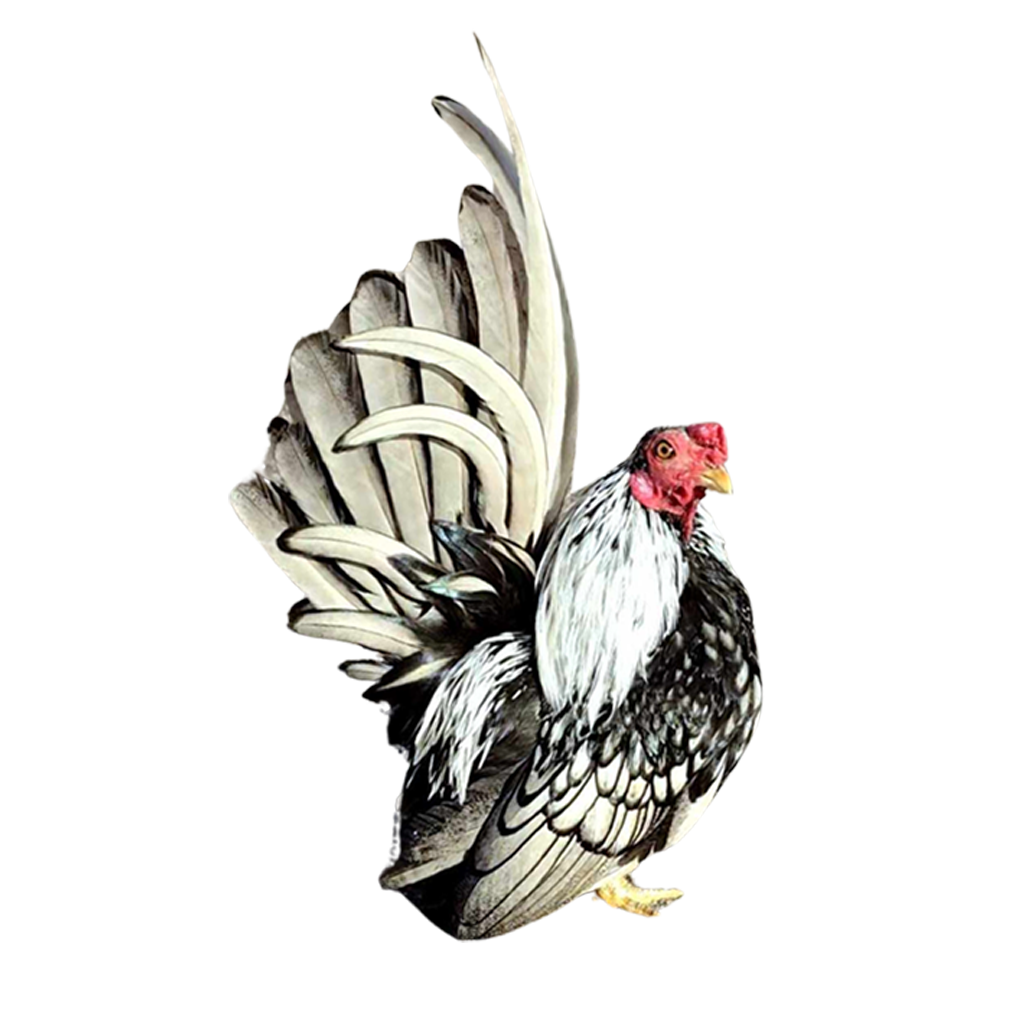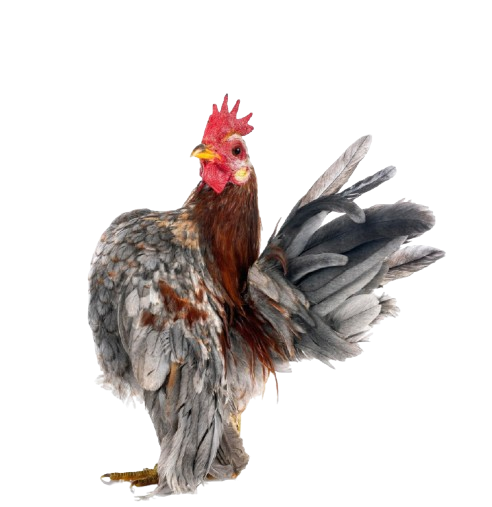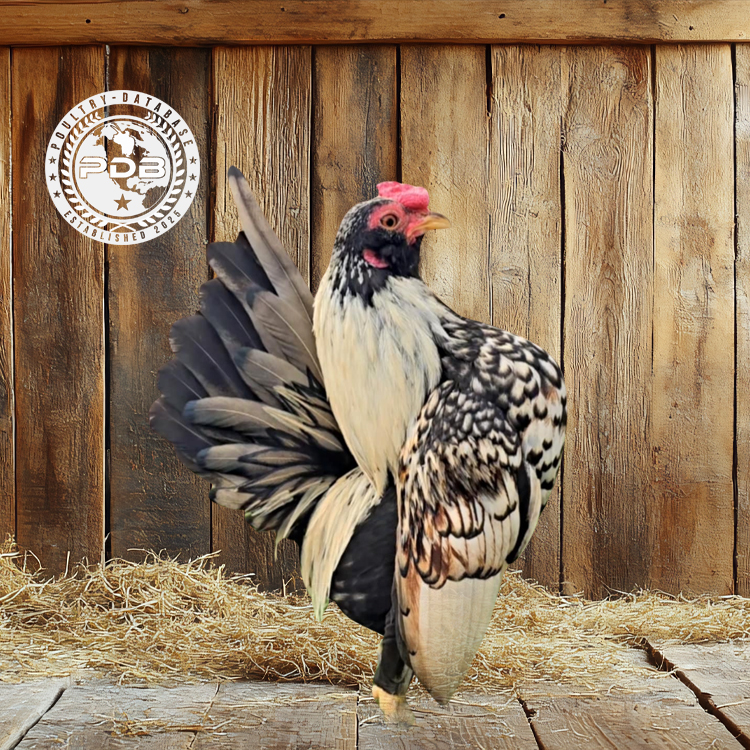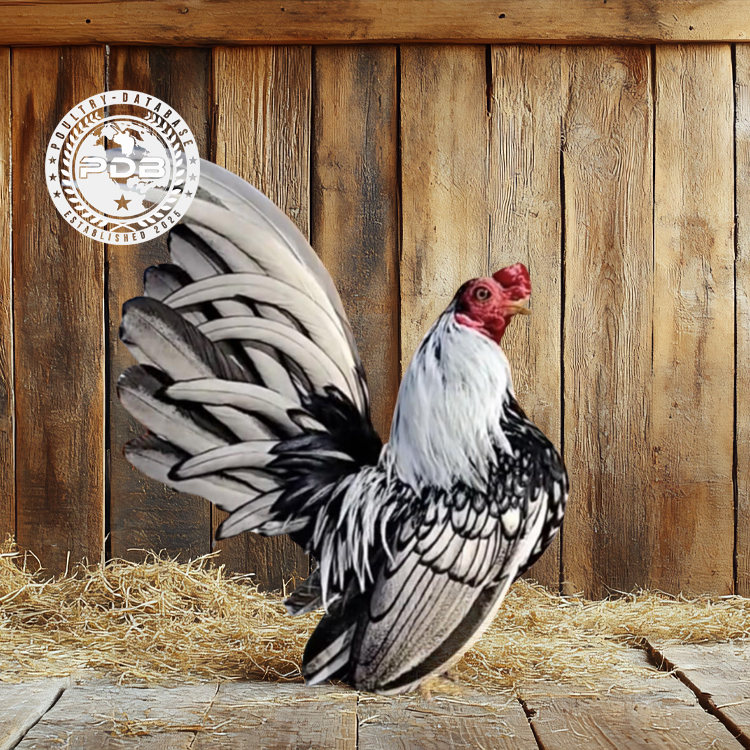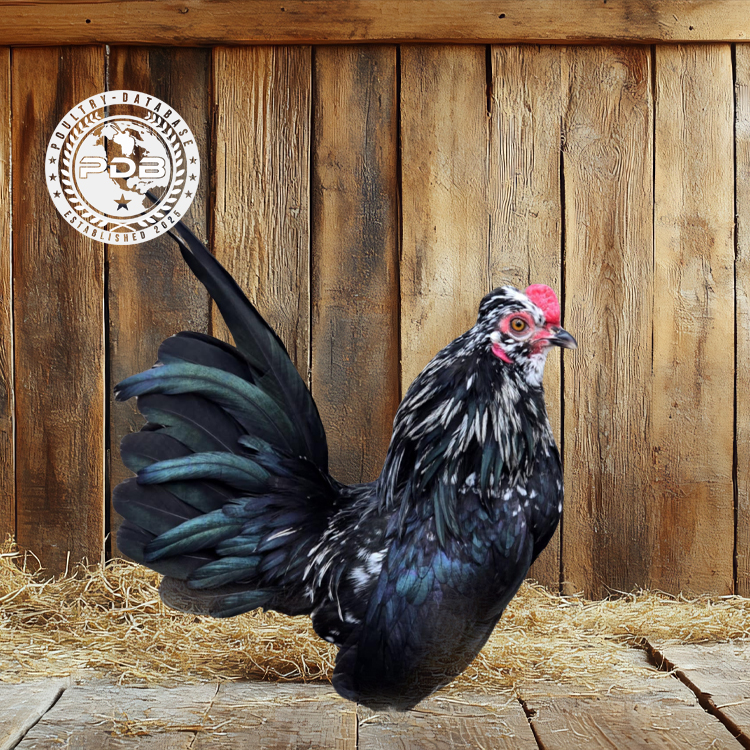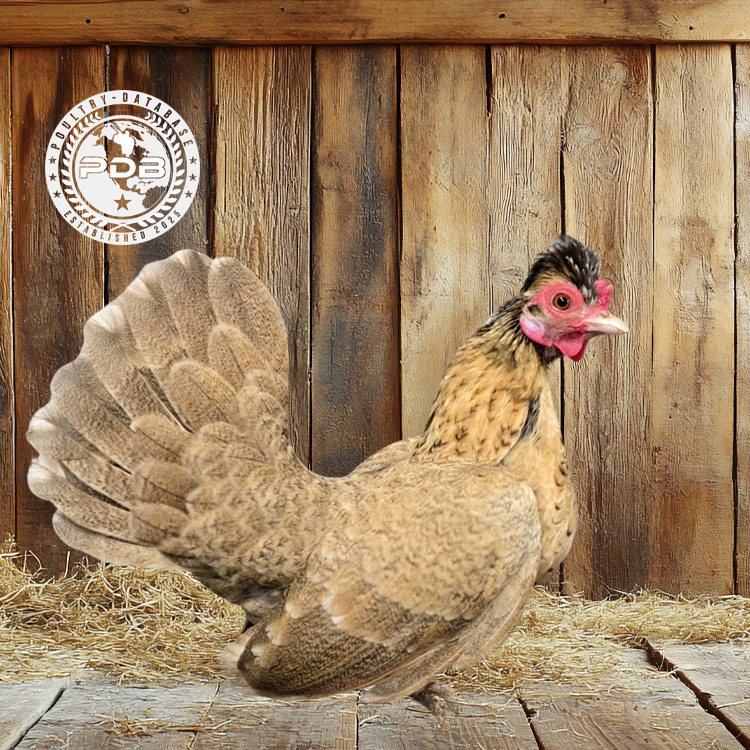
The History
The Kikiriki chicken originating from Puerto Rico is from the initial crossbreeding of Old English Game Bantams and Japanese Bantams. The goal was to combine the vibrant coloration of the Old English with the short-legged stature characteristic of the Japanese Bantam. Through careful and repeated line breeding over time, this unique combination evolved into what is now known as the Kikiriki — a compact, short-legged bantam admired for its ornamental qualities.
Between 2004 and 2008, Serama chickens were introduced into the Kikiriki gene pool in Puerto Rico, following their arrival in the United States by renowned breeder Jerry Schexnayder. Some of Jerry's Serama stock was later sent to Puerto Rico, where their genetics contributed to improved upright posture and refinement of the Kikiriki form. Additionally, Sebright bantams were also incorporated into the breeding program, enhancing the breed’s aesthetic appeal by introducing distinctive feather lacing.
Origins and Development
- Latin American Heritage: Kikiriki chickens are believed to have originated from various bantam breeds brought to the Americas by European settlers, particularly Spaniards during the colonial period. These small birds adapted well to the tropical climates of Central and South America.
- Bantam Influence: > Bantams are naturally smaller chickens and have been bred for centuries for their resilience, ornamental appeal, and suitability for smaller spaces. Kikiriki chickens share many characteristics with traditional bantams.
